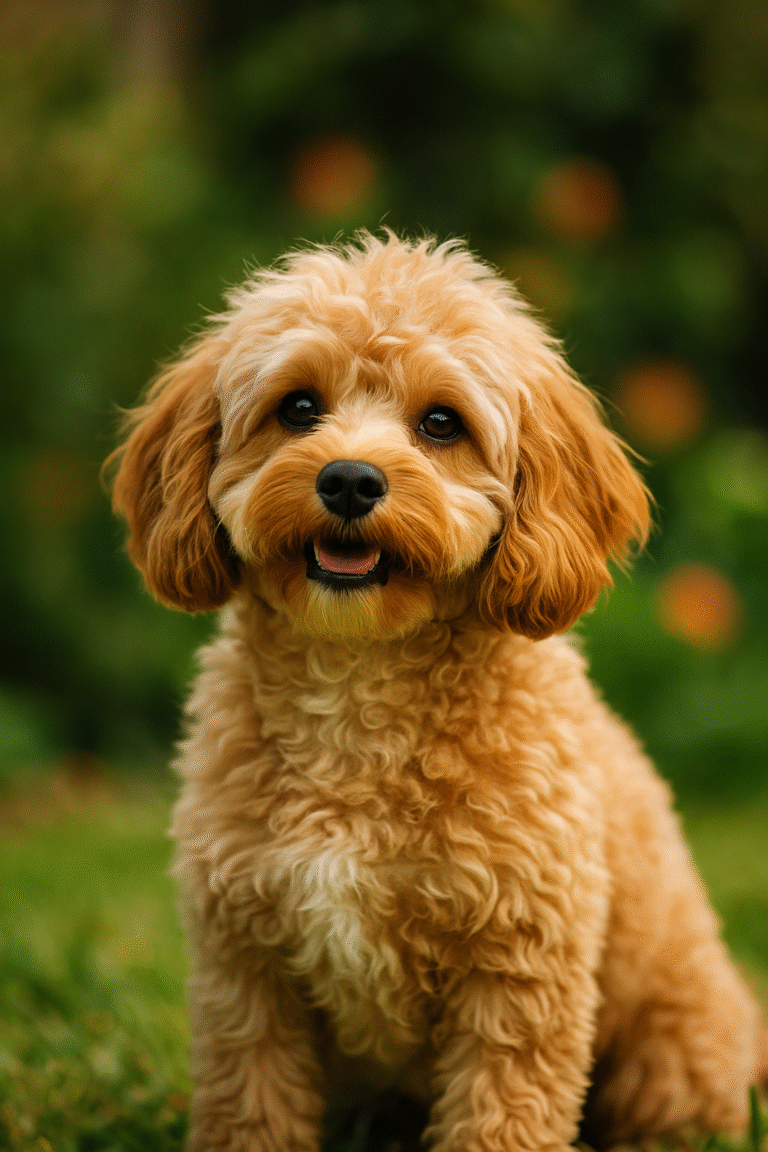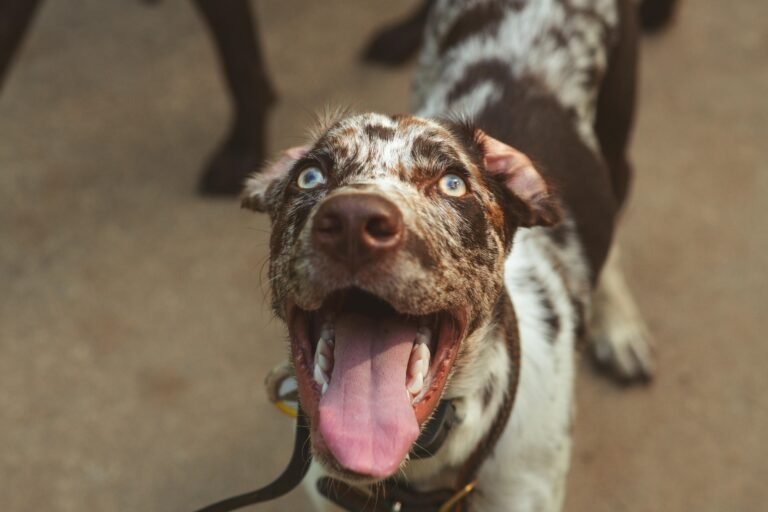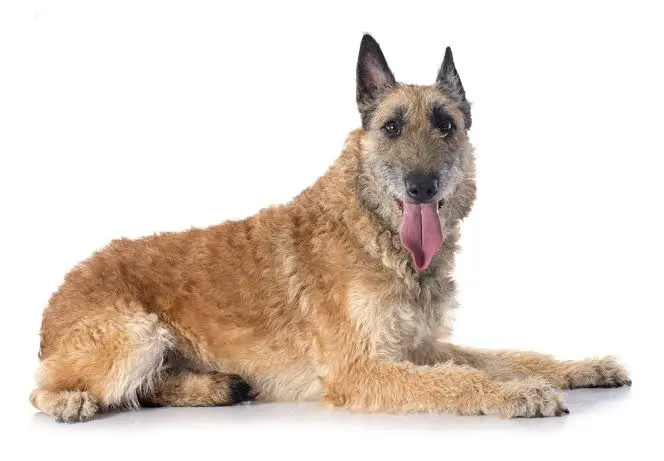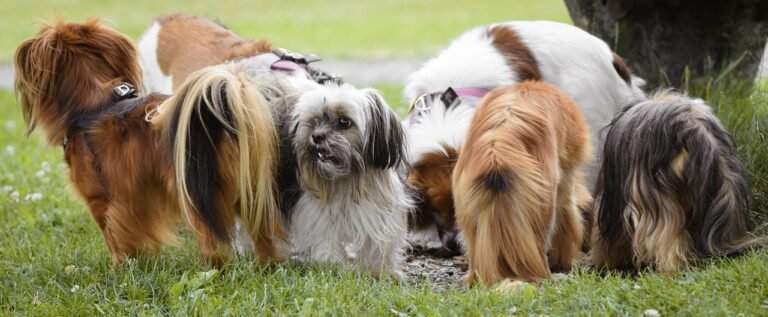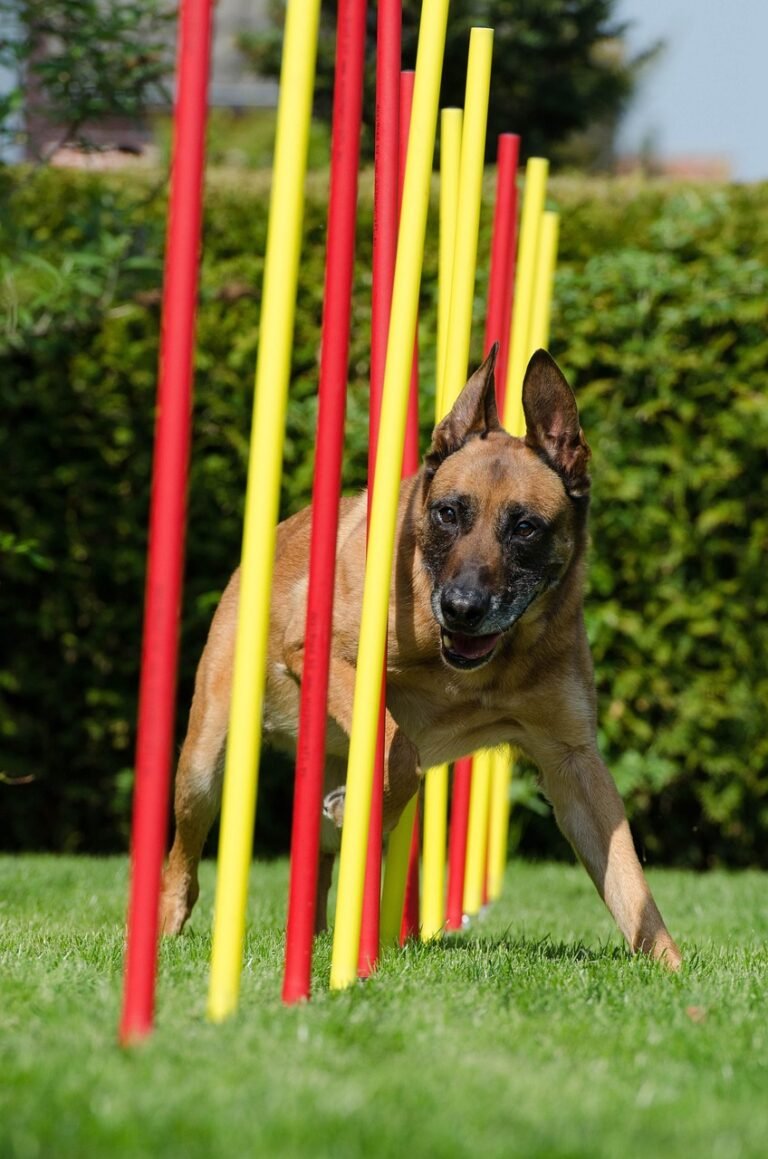Overview of the Pekingese Breed
The Pekingese is a toy dog breed that boasts a rich historical background, tracing its origins back to ancient China. This breed was highly revered for centuries, particularly among Chinese royalty. In fact, the Pekingese was often referred to as the “Lion Dog” due to its resemblance to the sacred lion statues that adorn Chinese temples. This close association with the imperial family solidified its status not only as a companion but also as a symbol of prestige and nobility.
Initially bred to be cherished companions for Emperors and Empresses, Pekingese dogs played a significant role in the personal lives of the Chinese elite. Gardens and palaces were frequently adorned with these small yet regal dogs, as their presence was thought to bring good fortune. During the Opium Wars, Pekingese were brought to the Western world, captivating dog lovers with their distinctive, plush manes and unique facial structures. The breed’s introduction to the western audience altered their perception, transitioning from royal companions to cherished family pets.
<pone 14="" 6="" 7="" 9="" a="" about="" affectionate="" also="" an="" and="" appearance="" are="" attitude,="" between="" both="" breed="" build.="" but="" can="" challenging="" characteristics="" coat,="" colors.="" combined="" come="" compact="" companions="" coupled="" delightful="" demeanor,="" dignified="" display="" distinctive="" dog="" double="" exhibit="" expressive="" eyes,="" face,="" features="" flat="" for="" in="" inches="" include="" independent="" is="" its="" known="" large,="" luxurious="" makes="" most="" nature,="" new="" not="" of="" often="" only="" owners.
Physical Attributes of the Pekingese
The Pekingese is a distinctive dog breed known for its unique physical characteristics which contribute not only to its appearance but also to its charming demeanor. Typically, this breed possesses a compact and sturdy frame, with adults usually weighing between 7 to 14 pounds and standing about 6 to 9 inches tall at the shoulder. This small stature, combined with a robust build, gives the Pekingese a unique presence that is easily recognizable.
A hallmark of the Pekingese is its luxurious coat, which is long, flowing, and often characterized by a soft, silky texture. The breed comes in a variety of color variations, including shades of fawn, black, white, brindle, and sable, which further enhances their charming appeal. Grooming is essential for maintaining the beauty of their coat; regular brushing is necessary to prevent tangles and mats, while periodic baths can help in keeping their fur clean and healthy. Owners are encouraged to be vigilant about grooming, as neglect can lead to skin issues or matting that may hinder the dog’s cheerful personality.
Another defining feature of the Pekingese is their facial structure. They possess a distinctive flat nose and large, expressive eyes that provide a glimpse into their spirited nature. The broad, rounded skull and abundant feathering around the face add to their regal appearance, harking back to their history as companions to Chinese royalty. These wide-set eyes are not only charming but also communicate a range of emotions, making the Pekingese an exceptionally engaging breed.
In summary, the Pekingese is characterized by its small size, long coat, and unique facial features, all of which contribute to its endearing appearance. Understanding these physical attributes is essential for prospective owners, as it assists in selecting the right grooming regime to maintain their Pekingese’s iconic look and health.
Personality Traits of the Pekingese
The Pekingese breed is known for its distinctive personality traits that combine affection with a strong sense of independence. These dogs are often loyal companions, forming deep bonds with their owners. They possess a regal demeanor, stemming from their rich history as lap dogs for Chinese royalty, which is reflected in their confident attitude. While they display an affectionate nature, they also appreciate their personal space, which can lead to an intriguing duality in their personality.
Socialization plays a crucial role in shaping the temperament of a Pekingese. Early exposure to various people, environments, and other animals is essential for developing a well-rounded character. These dogs can exhibit a somewhat aloof demeanor around strangers but are generally devoted to their families. Their intelligence allows them to pick up commands and routines quickly, although their independent streak may result in selective listening during training sessions. Proper training and positive reinforcement are advisable to enhance their compliance and understanding.
When it comes to interactions with children and other pets, the Pekingese can be quite adaptable, provided they have been appropriately socialized from a young age. They often enjoy the company of children, showcasing their playful and gentle side. However, it is critical to supervise any interactions to ensure a harmonious relationship. As for living environments, the Pekingese is well-suited to apartment living due to their small size, but they also enjoy the freedom of a garden, where they can explore and play. Ultimately, with the right balance of affection and independence, Pekingese make delightful companions in a variety of settings.
Behavior and Training Tips for Pekingese Owners
The Pekingese is a breed known for its unique behavioral traits, including a pronounced sense of independence and playfulness. These characteristics can sometimes manifest as stubbornness, making training a critical aspect of responsible ownership. Understanding these behavioral inclinations is essential for Pekingese owners, as it allows for effective training methods that cater to their specific needs.
One common challenge when training a Pekingese is their tendency to assert their independence. This breed may exhibit resistance to commands, leading to frustration for new owners. To address this, training should be grounded in patience and the use of positive reinforcement techniques. Rewards such as treats, praise, and play can help motivate a Pekingese to respond to commands, forging a bond between the dog and its owner.
Housebreaking is often a priority for Pekingese owners, due to their small size and tendency to have accidents indoors. Establishing a consistent routine is pivotal. Taking the dog outside at the same times each day, especially after meals, can greatly aid in the housebreaking process. Additionally, observing the dog’s behavior for cues that indicate the need to relieve itself can help owners intervene promptly and reinforce the outdoor routine.
Basic commands such as sit, stay, and come are essential for a well-behaved Pekingese. Training sessions should be kept short, engaging, and fun to prevent any feelings of boredom or frustration. Socialization is equally significant; exposing a Pekingese to different environments, people, and other pets can improve their confidence and overall behavior. Always remember that consistency in training practices is crucial, as it helps establish clear expectations for the Pekingese.
By understanding and addressing the behavioral traits of the Pekingese, owners can implement appropriate training strategies that enhance the relationship with their pet. Utilizing positive reinforcement and maintaining consistency will contribute to developing a well-mannered and happy companion.
